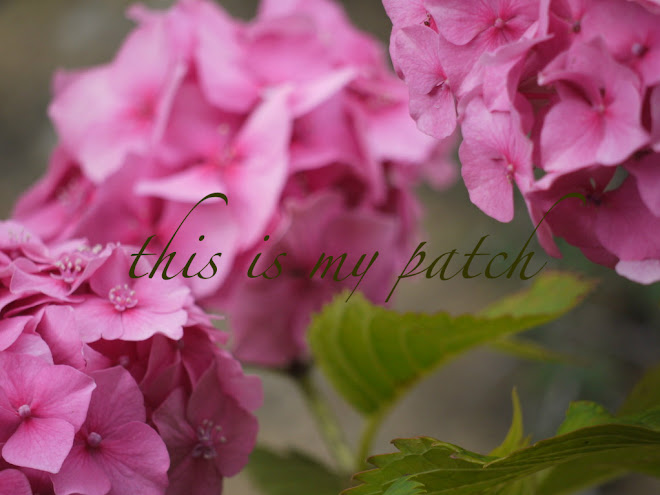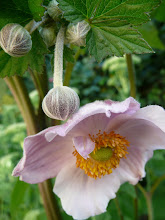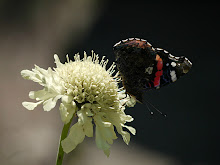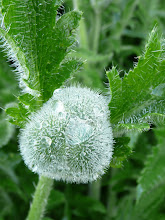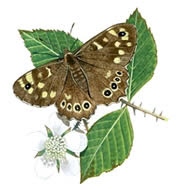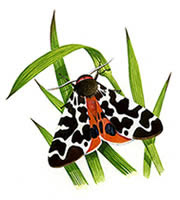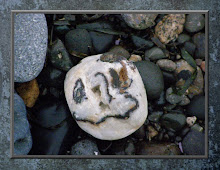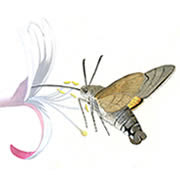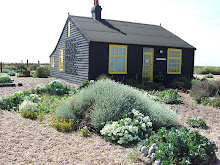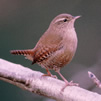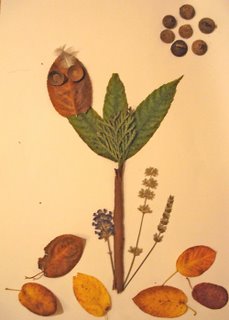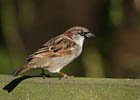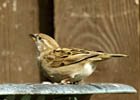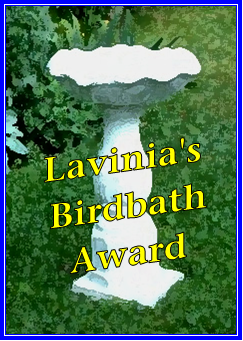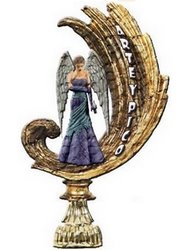
my photo
BERBERIS DARWINII
Also known as Barberry, this evergreen shrub was discovered in South America by Charles Darwin in 1835. If you want colour in your garden at this time of year, this is the shrub to have. It bears masses of small clusters of the brightest orange of flowers, and very often has a second flush in the Autumn.
Mine stands alone, but used as a full hedge its thorniness is a great deterrent, adding security to the garden. It requires careful pruning, as it has spiny holly-like leaves which will tear your hands to shreds if you are not wearing thick leather gardening gloves. This is one occasion when I do wear gloves, people who know me know that I would rather get dirt up my fingernails, although saying that, those latex disposable gloves come in handy for various tasks around the garden!
A great use for the prunings, is to lay them over your freshly dug over beds to keep the neighbours' cats off, don't get me wrong, I love cats, but my garden is not to be used as a WC for all and sundry!
